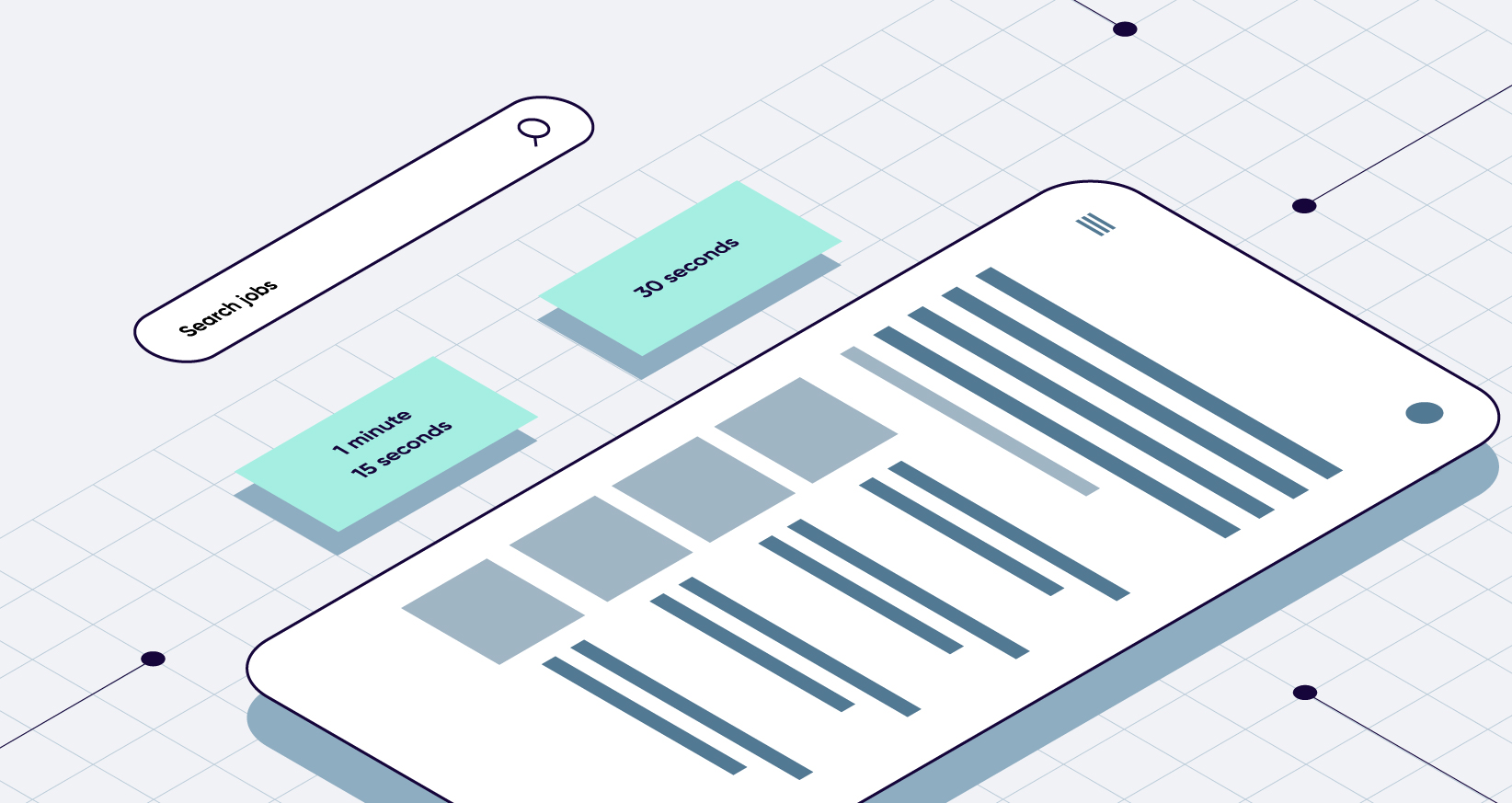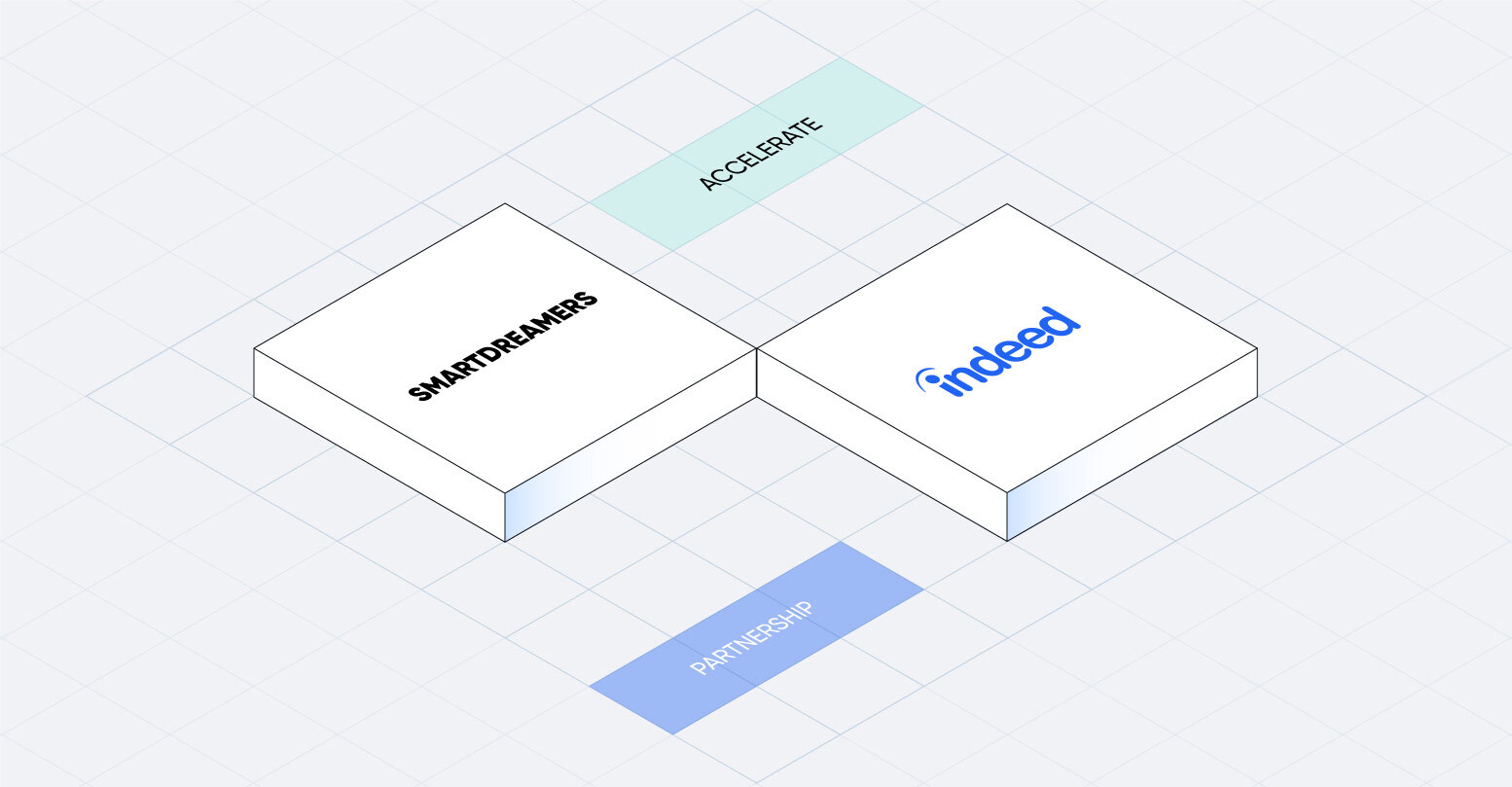From the viewpoint of job seekers navigating a career website, the traditional process typically involves looking through job listings and then applying various filters and keywords to find suitable positions. This method is quite similar to how one might shop on an e-commerce site. However, the digital era has ushered in a tool: chatbots. Rising in popularity, these AI-driven assistants offer a dynamic and interactive experience compared to the conventional job listing search. The key allure of chatbots lies in their ability to simulate a more human-like interaction. Candidates can engage in a conversational exchange with these bots, providing their preferences and qualifications, and in return, receive tailored job recommendations.
Furthermore, chatbots are designed to learn from interactions, meaning they can become more effective and personalized over time. This learning capability can lead to more accurate job matches based on a candidate's specific skills, experience, and interests, which might not be as easily discerned through traditional search methods.
On the other hand, traditional job search methods have their own set of advantages. They offer candidates complete control over the search process, allowing them to meticulously comb through listings and identify opportunities that might not be immediately obvious or highlighted by an AI system. This method can uncover hidden gems and niche opportunities that are tailored to very specific career paths or industries.
However, when it comes to the optimal candidate experience, simplicity is more important, and a crucial variable for simplicity is the time it takes from the arrival of the career website to finalize the application process.
Let's take some examples of career websites and simulate the job search experience to see how much time it takes to find the jobs we are searching for.
On the Kuehne+Nagel careers website, you are prompted by a chatbot. We simulated the path o finding jobs in marketing, in Berlin. Opting for the 'no CV' route, it took 1 minute and 10 seconds from the first interaction with the chatbot to get the first job suggestion. However, this suggestion was a sales position, which did not match the desired marketing experience. Subsequent recommendations also centered around sales roles.

The alternative approach involved uploading a CV to find suitable job opportunities. The process of receiving job suggestions was quicker, taking only 45 seconds. Despite the CV highlighting experience in marketing in Germany, with Berlin as the current location, the initial job recommendation was for a Business Development role in Seoul. Navigating through job options within the chatbot proved to be cumbersome; you must scroll through all listings before being able to apply any filters.
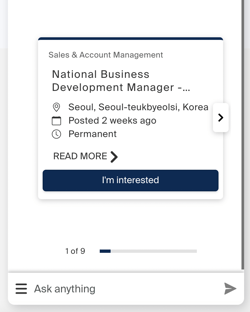
The third method involved a traditional job search. It took just 19 seconds to determine that there were no available marketing positions in Berlin.
In a side-by-side comparison, the traditional job search emerges as the quickest method for finding relevant job openings. However, it's important to consider the candidate's viewpoint. Typically, a candidate conducts numerous job searches, so the times recorded should be multiplied to reflect a more realistic scenario. This amplifies the argument for using the job search as the most efficient approach.
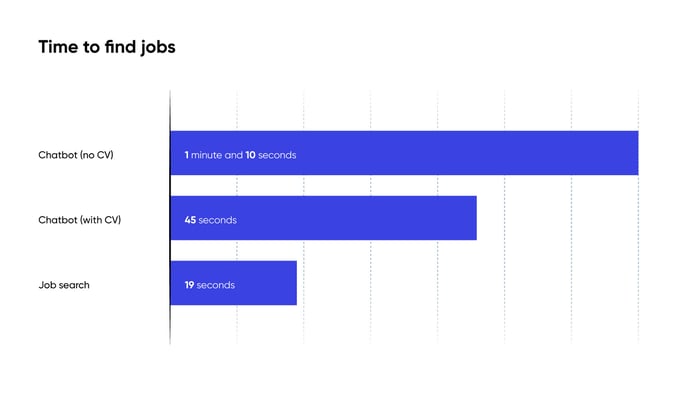
Another instance is the Nestle careers website. Similar to the previous example, candidates are greeted by a chatbot. Here, it took 33 seconds to discover that there are no available marketing jobs in Berlin. This was significantly quicker than the previous chatbot experience, but still twice as long as using the traditional job search method. However, there were instances where the chatbot did not accurately interpret commands, which could be a source of frustration for candidates.
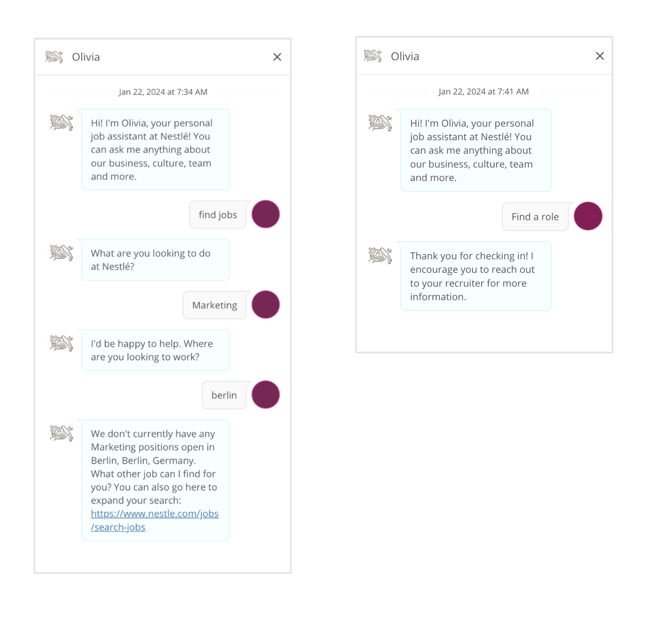
If no jobs are available, candidates are redirected to the job search, where they encounter the chatbot again. From the perspective of candidate experience, it appears more efficient to begin directly with the job search. This approach is supported by data suggesting that navigating candidates from one section to another on the careers website tends to increase the dropout rate.
In conclusion, the exploration of various career websites demonstrates that while chatbots represent an innovative and engaging tool in the digital job search landscape, they may not always offer the most efficient or satisfying experience for candidates. Traditional job search methods, though less interactive, provide a quicker and more direct route to relevant job listings, as evidenced in our examples from Kuehne+Nagel and Nestle career websites. This simplicity and speed are crucial in enhancing the candidate experience and reducing dropout rates. While chatbots have the potential to personalize the job search with their learning capabilities, the current technology still faces challenges in accurately interpreting and matching candidate preferences, as observed in the examples. Therefore, for job seekers prioritizing efficiency and precision in their search, starting directly with the traditional job search method may be the optimal path. This approach aligns with the broader trend in e-commerce, where user-friendly interfaces and streamlined processes are increasingly valued.





